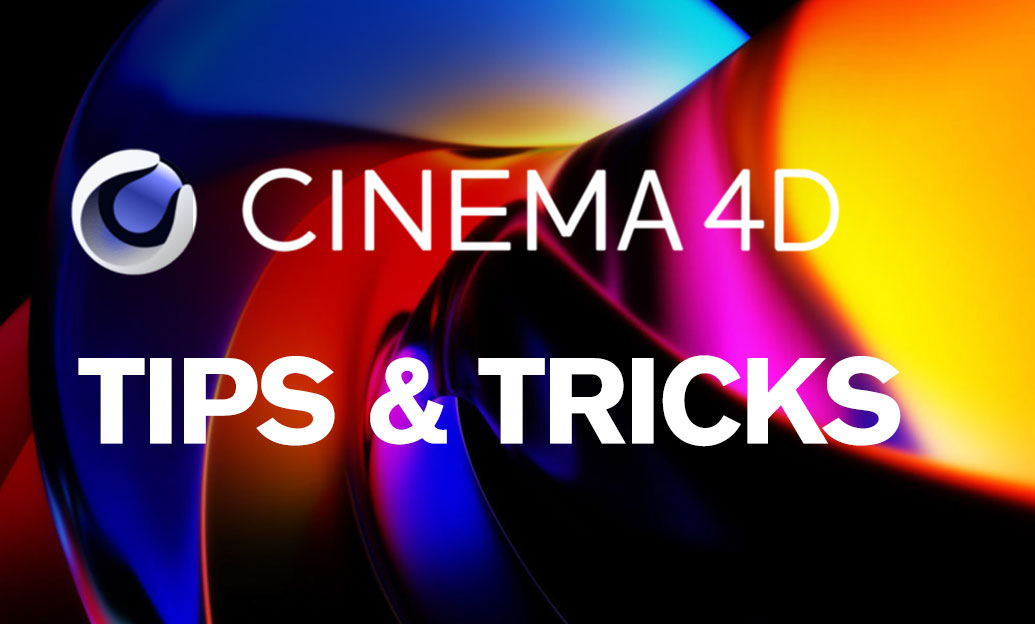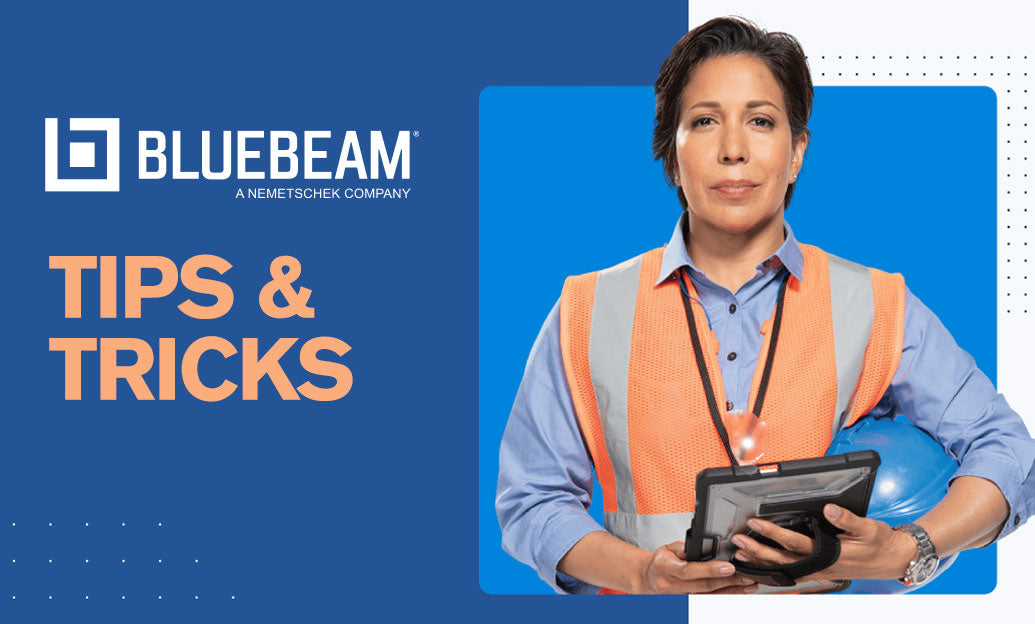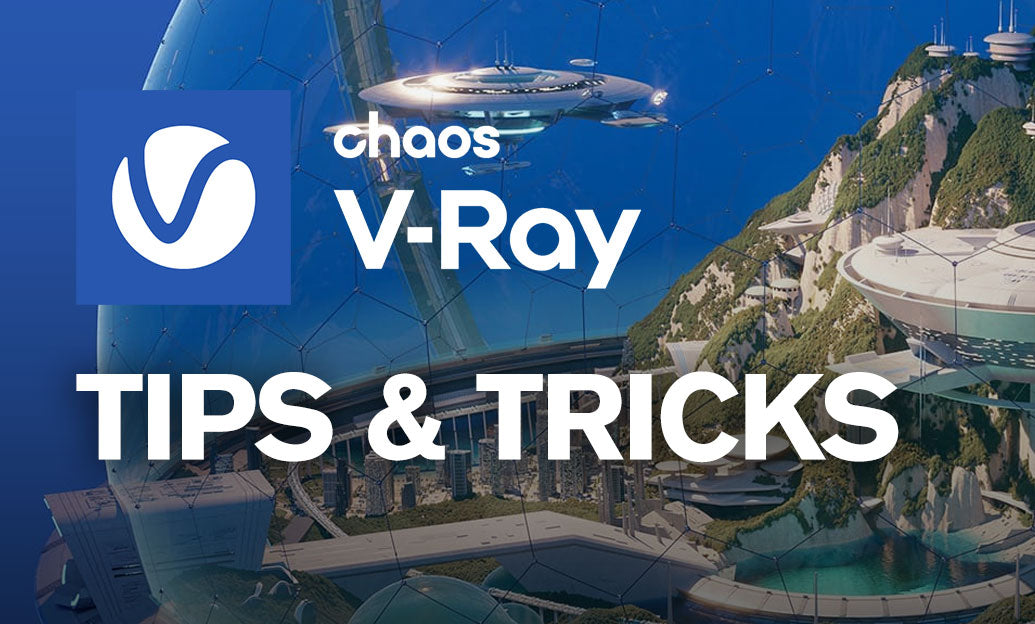Your Cart is Empty
Customer Testimonials
-
"Great customer service. The folks at Novedge were super helpful in navigating a somewhat complicated order including software upgrades and serial numbers in various stages of inactivity. They were friendly and helpful throughout the process.."
Ruben Ruckmark
"Quick & very helpful. We have been using Novedge for years and are very happy with their quick service when we need to make a purchase and excellent support resolving any issues."
Will Woodson
"Scott is the best. He reminds me about subscriptions dates, guides me in the correct direction for updates. He always responds promptly to me. He is literally the reason I continue to work with Novedge and will do so in the future."
Edward Mchugh
"Calvin Lok is “the man”. After my purchase of Sketchup 2021, he called me and provided step-by-step instructions to ease me through difficulties I was having with the setup of my new software."
Mike Borzage
Rhino 3D Tip: Understanding the Differences Between Mesh and NURBS Geometry in Rhino 3D for Efficient Modeling
September 12, 2025 3 min read

In Rhino 3D, recognizing how mesh geometry differs from NURBS geometry is key to planning your modeling workflow more efficiently and achieving precise results. While meshes are made up of polygons or triangles, NURBS (Non-Uniform Rational B-Splines) operate on curves and mathematically defined surfaces. This distinction influences everything from editing and detailing to subsequent manufacturing processes.
While a mesh-based model might look visually similar to a NURBS-based model, there are significant differences in how Rhino handles these geometries:
- Accuracy: Meshes approximate curved shapes with numerous small facets, which can lead to noticeable faceting if the resolution is low. NURBS surfaces, on the other hand, store curves in a mathematical format, allowing for smooth, continuous geometry at any zoom level.
- Editing Flexibility: Mesh geometry editing often relies on manipulating individual vertices or faces. By contrast, NURBS geometry allows for control-point editing on surfaces or curves, offering much greater flexibility for refining complex shapes, especially in smooth transitions and fillets.
- File Size and Performance: Highly detailed meshes can become heavy and slow to manipulate if the polygon count grows too large. NURBS models often maintain a more manageable file size since each surface is defined mathematically instead of through a dense network of polygons.
- Manufacturing Readiness: CAM (Computer-Aided Manufacturing) workflows usually prefer precise geometry. NURBS-based models can often be more suitable for such tasks, as they can translate into toolpaths more accurately. In contrast, mesh geometry may require additional steps, such as creating offset meshes or converting the mesh to solid geometry before manufacturing.
- Smooth Editing vs. Polygonal Control: With NURBS, you can easily adjust control points on the curve or surface to maintain a uniform flow. Mesh editing typically needs more manual oversight to ensure smooth transitions between polygons.
Before deciding which format to work with, consider your final goal. If you’re prototyping with 3D printing, a mesh model can be an efficient way to get quick results; however, you’ll still benefit from generating the highest resolution mesh possible to capture small details. For tasks such as large-scale product design, architectural concepts, or intricate organic modeling that demands precision, NURBS layouts will help maintain smooth surfaces and design fluidity.
When needed, Rhino provides commands to convert NURBS geometry to meshes (and vice versa under certain conditions), but always remember that going from a dense mesh to an accurate NURBS form requires careful attention to detail. This process can be useful for reverse engineering or editing existing polygonal data. If you’re adding complex elements to a scanned object that arrived as a mesh, it may be worthwhile to rebuild or approximate portions of the design as NURBS surfaces, especially for sections that need flawless transitions.
As you become more comfortable discerning the right geometry type for each phase of your work, you’ll be able to create, refine, and export models for any purpose more effectively. For more insights and professional-grade digital tools, explore NOVEDGE, where you’ll find a range of solutions to complement your Rhino 3D workflow. Knowledge of geometry types is a fundamental skill that will continue to shape the quality, speed, and refinement of your modeling projects, ensuring you maximize precision and streamline production processes.
Wherever possible, plan ahead to manage geometry conversions wisely. Investing time in understanding these distinctions early on will pay off in a smoother modeling pipeline, whether you’re iterating on conceptual designs or preparing final assets for production. And for all your software and hardware needs, check out NOVEDGE to stay ahead in the 3D design world.
You can find all the Rhino products on the NOVEDGE web site at this page.
Also in Design News

Cinema 4D Tip: Optimizing Collision Deformer for Realistic Surface Interactions in Cinema 4D
October 18, 2025 3 min read
Read More
Bluebeam Tip: Optimizing Field Data Collection with Bluebeam Field Tools
October 18, 2025 2 min read
Read More
V-Ray Tip: Optimizing Realistic Glass Material Rendering in V-Ray
October 18, 2025 2 min read
Read MoreSubscribe
Sign up to get the latest on sales, new releases and more …


